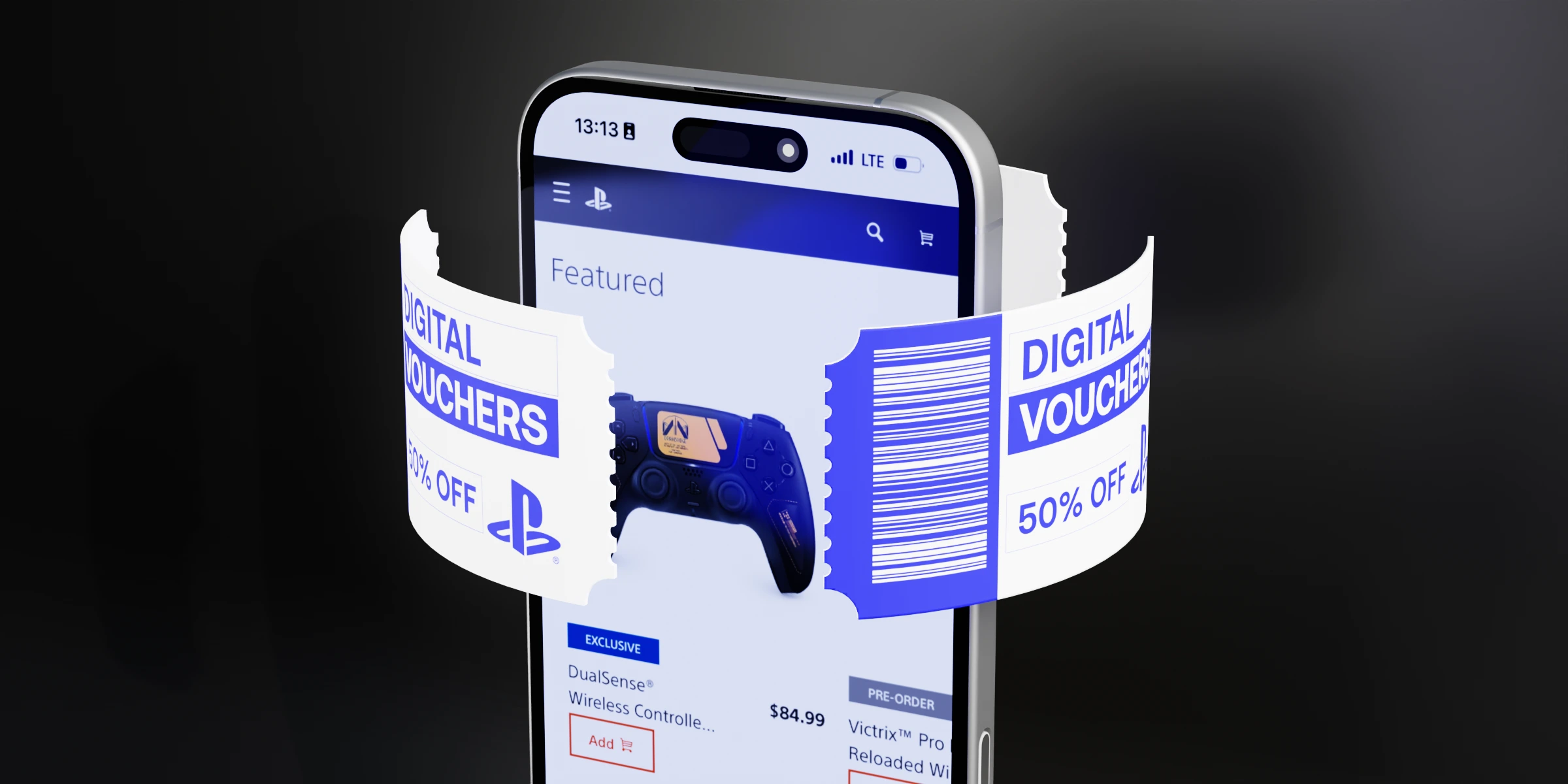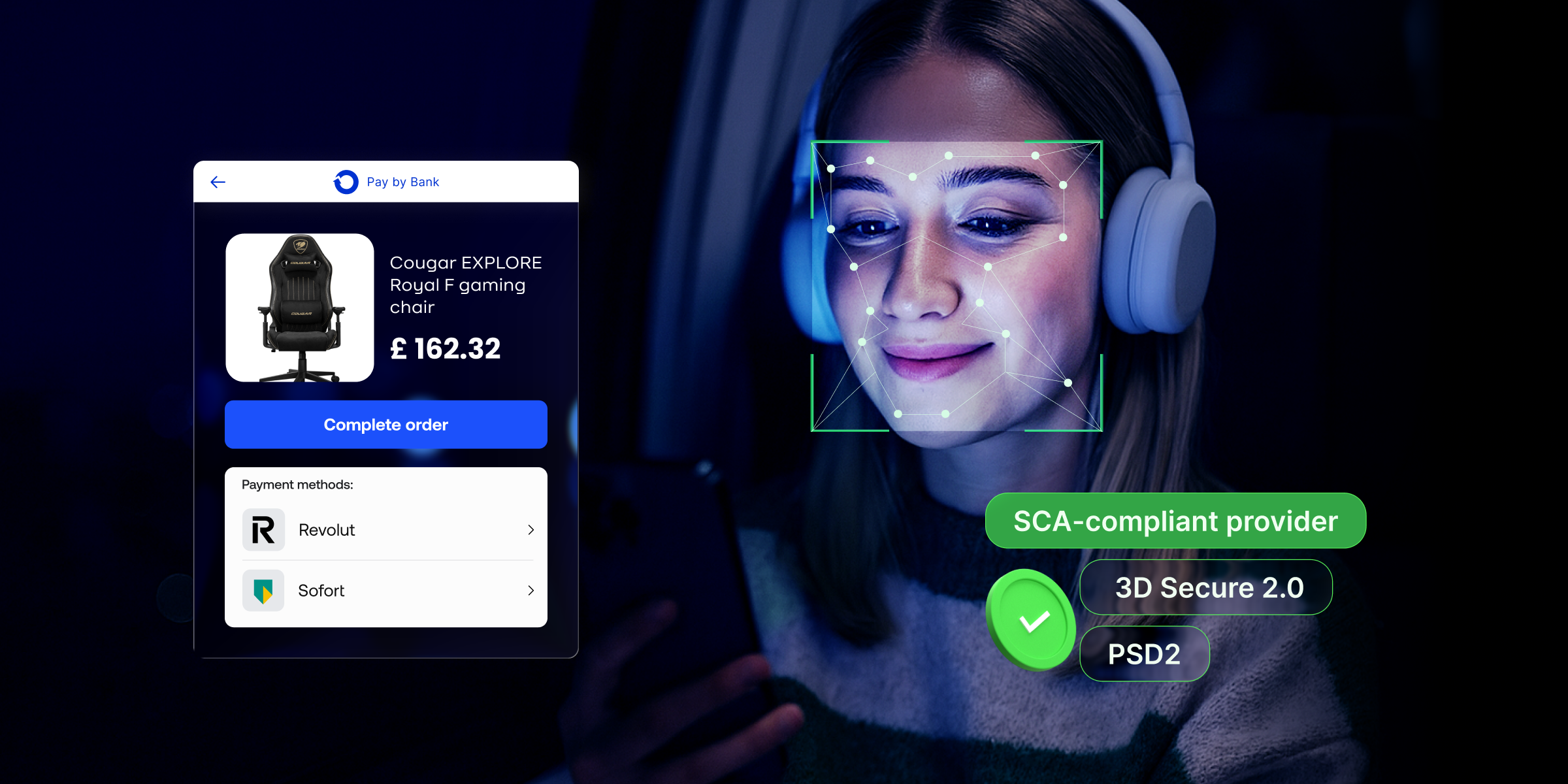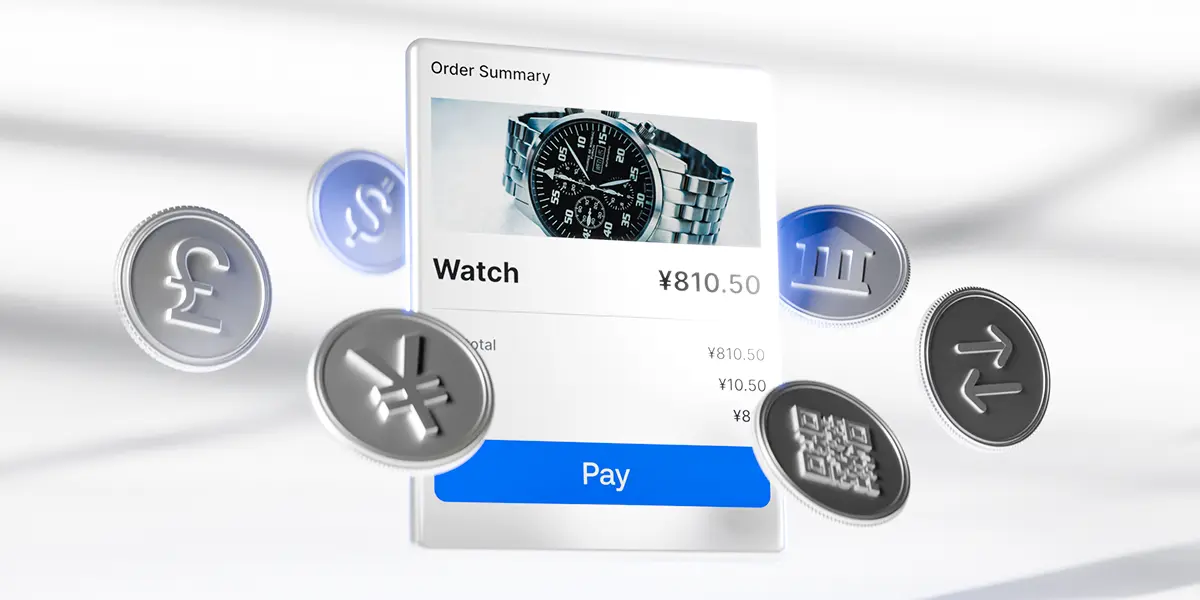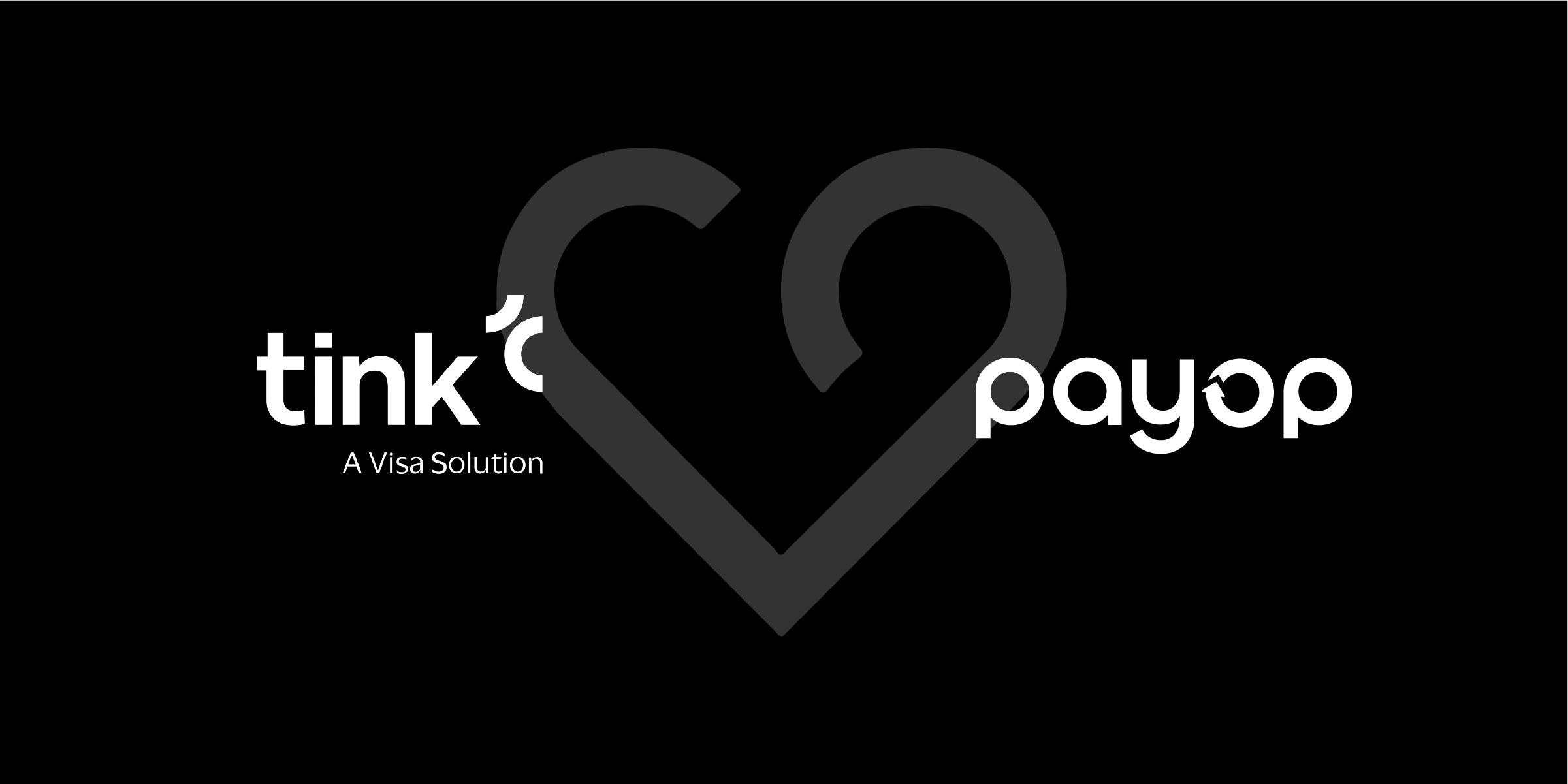Why cash-based digital vouchers still matter in 2025

In 2025, digital payments dominate the world, from cards to mobile wallets and instant bank transfers. Yet cash-based digital vouchers continue to hold their ground in many regions. And for good reason.
In this article, we’ll explore what cash-based vouchers are, how they’re used around the world, and why they remain a crucial payment option today. Whether you’re a business looking to reach unbanked consumers, a merchant wanting to offer flexible payment options, or simply curious about global payment trends, understanding these vouchers could reshape how you think about digital commerce.
What are cash-based digital vouchers?
Cash-based digital vouchers are prepaid codes purchased with cash at retail locations and redeemed online. They allow users to pay for digital services, subscriptions, gaming, or other online purchases without needing a bank account or credit card. These vouchers are particularly valuable in regions with high unbanked populations or where consumers prefer to control spending through prepaid methods.
Cash-based vouchers around the world
Cash-based digital vouchers take different forms depending on the region, reflecting local habits, infrastructure, and market needs.
- Southeast Asia: In markets like Indonesia, the Philippines, and Vietnam, prepaid mobile top-up vouchers are extremely popular. Retailers and convenience stores sell codes for e-wallets such as GCash or OVO, allowing consumers to pay online without a bank account. Gaming vouchers like Steam Top-Up cards and platform-specific credits for mobile games are also widely used.
- Europe: Even in digital-first economies, cash-based vouchers remain significant. Gift cards and prepaid cards are the most common forms, widely available at supermarkets, convenience stores, and kiosks. In most countries, vouchers like Neosurd are still used for e-sommerce digital entertainment and gaming, giving consumers a prepaid alternative to credit cards.
- Latin America: Countries such as Mexico and Brazil rely heavily on prepaid retail vouchers. In Mexico, OXXO vouchers are sold at convenience stores to fund online purchases, subscriptions, or gaming accounts. In Brazil, Boleto, supermarket-branded prepaid cards and mobile top-ups serve a similar purpose, enabling unbanked users to access digital services easily.
- Africa: Mobile-money top-ups and prepaid codes are used in the region for services like airtime, gaming, and e-commerce. In Kenya, platforms like M-Pesa distribute cash-based vouchers widely, while in Nigeria, retail prepaid cards enable access to digital services for unbanked populations.
Why cash-based digital vouchers are still popular
Cash-based digital vouchers remain popular not just because of access, but due to a combination of practical and social factors.
1. Bridging the gap for the unbanked
A significant portion of the global population still does not have access to bank accounts or credit cards. Cash-based vouchers allow these consumers to participate in the digital economy, whether for e-commerce, gaming, or bill payments.
By enabling transactions without requiring a bank account, vouchers open the door to new customer segments and help businesses expand into previously untapped markets.
2. Offering privacy and security
Cash-based vouchers provide users with anonymity and control over spending. Because the vouchers are prepaid, there is no need to share sensitive banking or personal information online, reducing exposure to fraud. This makes them particularly attractive for consumers concerned about privacy or digital security.
For merchants, it also reduces the risk of chargebacks and payment disputes, since the payment is made upfront.
3. Driving financial inclusion
Governments, NGOs, and organisations often use cash-based vouchers for social programs, subsidies, or aid distribution. They allow recipients to access digital services without requiring a bank account, ensuring that financial support reaches underserved populations.
Beyond social programs, vouchers can also serve as a first step toward digital financial literacy, helping users become comfortable with online transactions.
4. Maintaining flexibility across channels
Cash-based vouchers are highly versatile. They can be redeemed online, in physical stores, or even exchanged between individuals. Businesses can offer vouchers as gift cards, promotional tools, or loyalty rewards.
This flexibility allows merchants to adapt to local payment habits, giving consumers multiple ways to pay.
5. Supporting emerging and niche markets
Specific industries, such as gaming, streaming, e-learning, and digital entertainment, continue to rely heavily on cash-based vouchers. These markets benefit from prepaid codes because they allow users to manage spending, avoid linking sensitive financial accounts, and control access.
Final thoughts
Cash-based digital vouchers continue to play an essential role in connecting cash and online payments. They give unbanked users access to digital services while providing security and better control over spending.
With Payop, merchants can easily offer these payment methods, giving customers a simple and trusted way to pay. This also helps businesses reach markets where cash is still widely used, without compromising on speed, reliability, or compliance.









